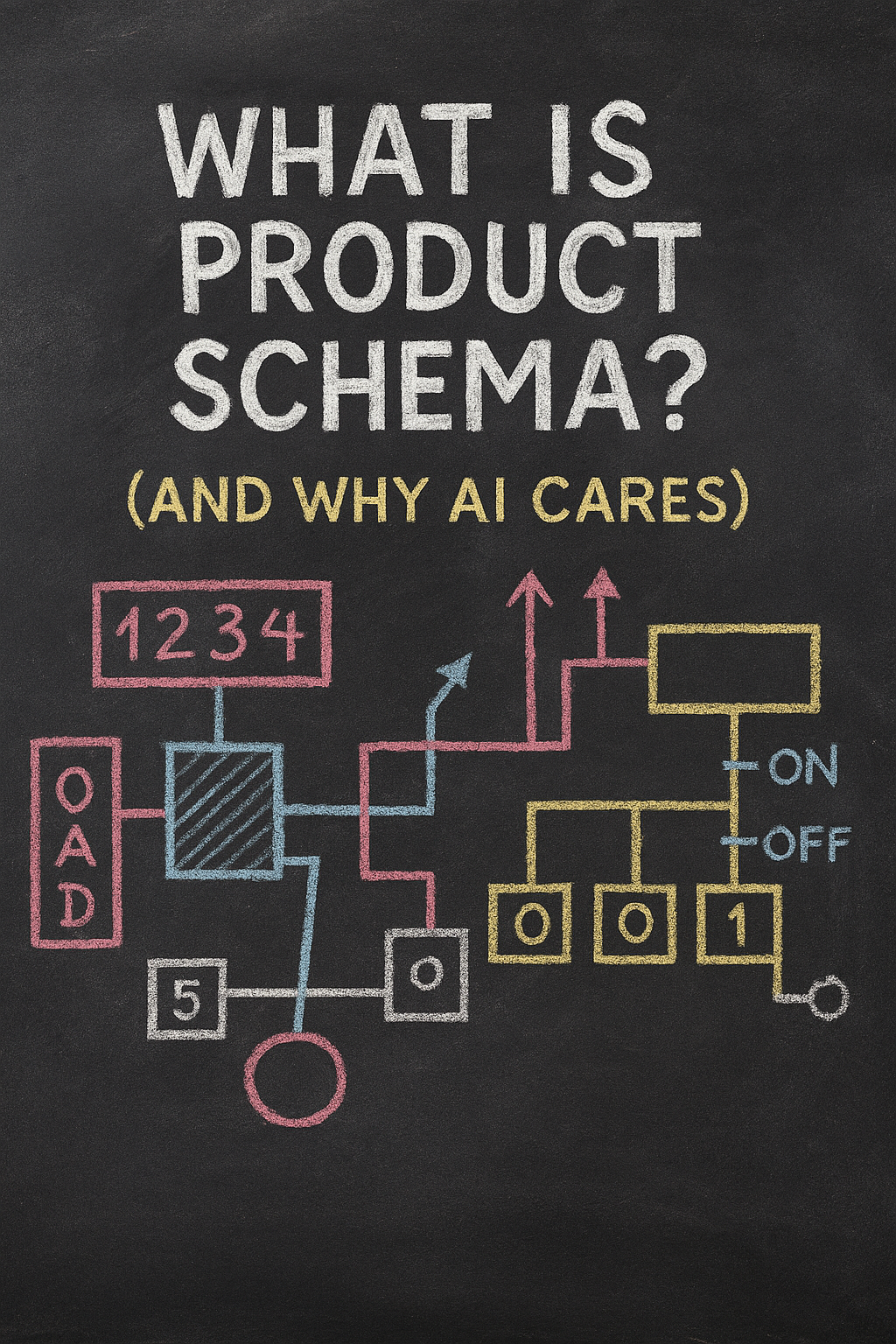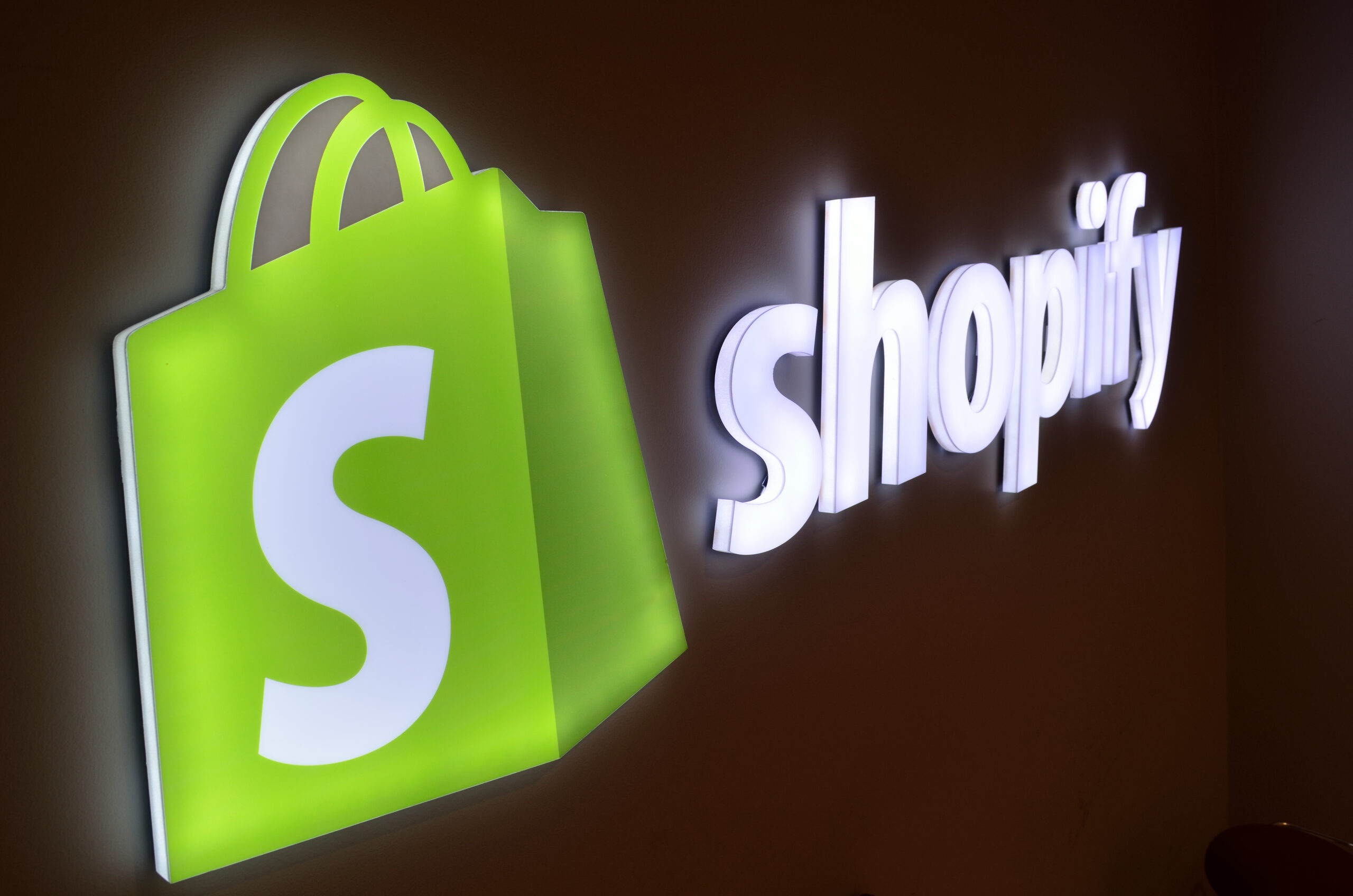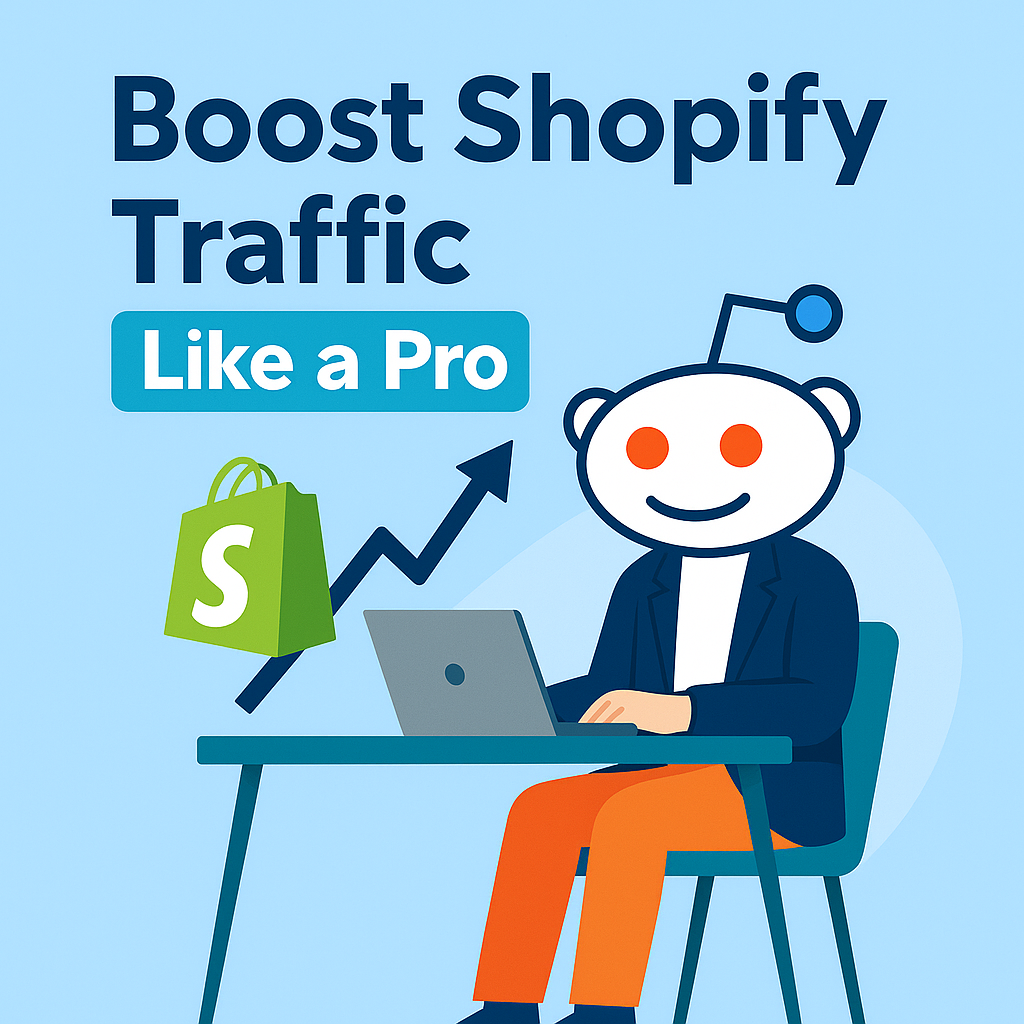So you heard “use product schema” and nodded along like you totally knew what that meant. No shame, we’ve all been there. But if you want your online store to show up in AI-driven shopping tools like ChatGPT or Bing’s sidebar assistant, you’re going to need more than just good vibes and meta tags.
Product schema is like a backstage pass for your products. It’s a structured way of telling search engines (and now AI systems) what your product is: name, price, availability, color, size, reviews, the works. Think of it as labeling your inventory not just for humans, but for the bots sorting digital shelves.
Here’s what adding product schema gets you:
- Richer search results (think price, ratings, and stock info right in the snippet)
- Better compatibility with AI tools that surface product data directly
- Clearer categorization when your site gets crawled
And yes, this matters even more if your domain screams commerce. Sites with a .shop domain, for example, already send a “we sell stuff” signal. Combine that with strong schema, and you’re basically handing AI a cheat sheet.
Quick tip: You don’t need to code from scratch.
Platforms like Shopify, WooCommerce, and Wix often have schema baked in or via plugins. Just make sure it’s actually implemented site-wide. Use tools like Google’s Rich Results Test to check your setup.
If you want AI to recommend your product, make it easy for the machine to understand it. Product schema just isn’t optional anymore and will serve as your shop’s digital translator for AI.
Don’t be invisible. Tag your stuff right and let the bots do their thing.




